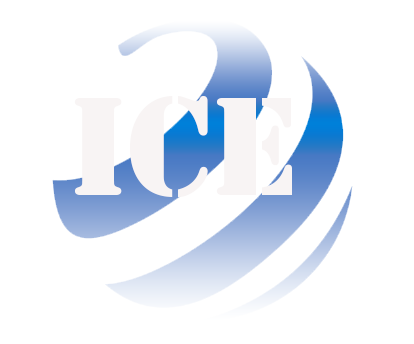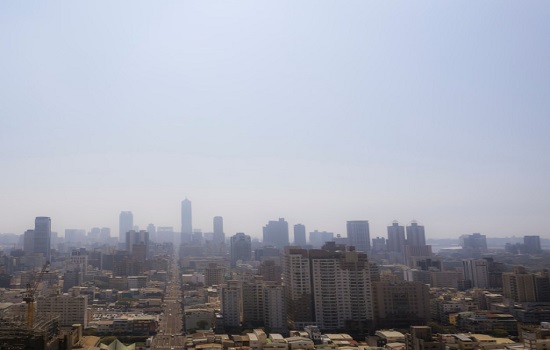IKEA takes lead in tackling air pollution, and has launched the first-ever guide on measuring air pollution across value chains at Science Day at COP27. The guidance is developed in partnership with Stockholm Environment Institute (SEI) and Climate & Clean Air Coalition (CCAC). Using the guidance, IKEA set a baseline and encourages other businesses to join the Alliance for Clean Air in contributing to clean air and health.
For the first time, a guide is now available for all businesses to make air pollution emission inventories across their value chains. This enables joint action on climate change and air pollution. To make it simple, the guide uses data companies already use to report their greenhouse gas emissions. This enables businesses to better understand their impact on air pollution and unlocks new paths to accelerate climate efforts.
Since the Alliance for Clean Air launch at COP26, IKEA has piloted the standard together with the nine other founding members. This means that IKEA, among other companies, can measure air pollution generated by energy consumption, transport, materials, agriculture, and waste management. The guidance is available for all companies.
“Air pollution impacts the health of the many people across the world. Through the air pollution guidance, we, as businesses, are able to measure our impact and take action to minimize or eliminate it. We hope many other companies will join us and jointly contribute to clean air and health”, says Andreas Rangel Ahrens, Head of Climate, Inter IKEA Group.
Every year, more than 2.4 billion people are exposed to dangerous levels of air pollution, and recent studies also show that even small levels of air pollution harm our health. That the air we breathe is clean is nothing that is taken for granted, so the contribution to a world with clean air is a high priority for IKEA.
Therefore, IKEA is determined by the importance of measuring air pollution emissions in the value chain. Using the guidance will enable IKEA to study the impact of existing mitigation strategies and ways to increase ambition through air pollution-specific mitigation measures. The guidance makes it possible for tackling air pollution, and the result will be presented in the annual IKEA sustainability report.
Already, IKEA is committed to improving outdoor air quality and continuously reducing the amount of air pollution generated in the IKEA value chain by:
- Aiming towards only having electric and other zero-emission home deliveries by FY25 – reducing air pollution generated in populated areas.
- IKEA has committed to using zero-emission on heavy-duty vehicles
- Phasing out coal- and fossil oil-based fuels used in the production of IKEA products by FY25 latest.
- Investing in new, cleaner technology to generate electricity and heat on-site from wood waste.
- Increasing the number of plant-based options in our food range and management practices used, reducing air pollution generated by agriculture.
- Aiming to only consume 100% renewable electricity in IKEA retail markets and the top 10 supplier countries by FY25.
- Only purchasing zero-emission fuels for ocean shipping by FY40.
- The Better Air Now initiative, aimed at turning rice straw – a traditionally burned rice harvesting residue that contributes heavily to air pollution – into new renewable material for IKEA.
IKEA is a founding member of the Alliance for Clean Air by the World Economic Forum, launched at COP26. The companies in the alliance will use the guidance to set a baseline and targets for air pollution, and act as champions to raise awareness about air pollution and support innovation in technologies that further contribute to clean air.
Source: IKEA


